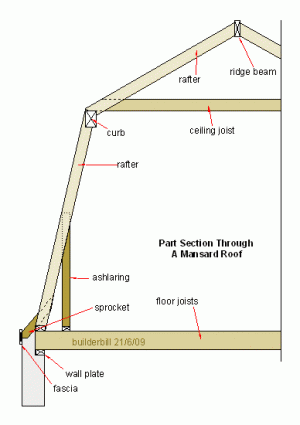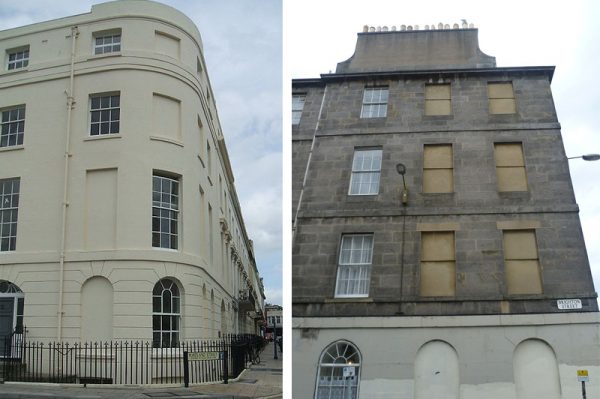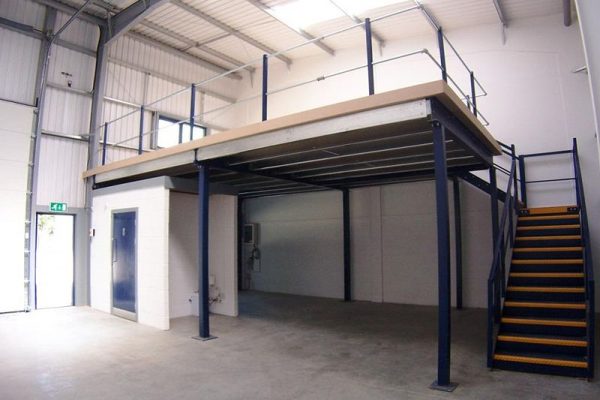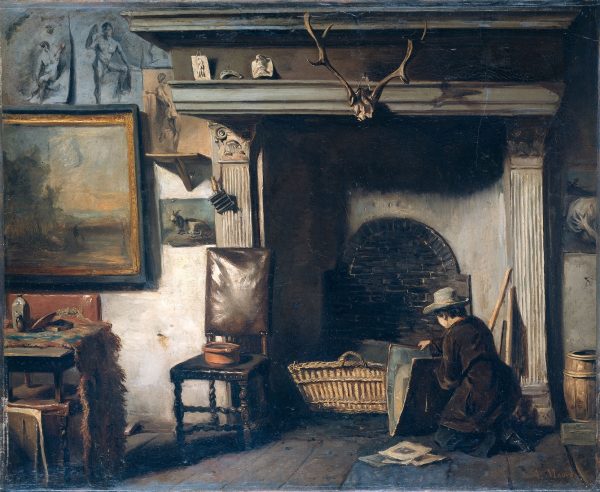Ever noticed how the bricks on newer British buildings are bigger, or stopped to appreciate hand-stenciled wallpaper, or enjoyed a sip from a fancy hollow-stemmed glass? If so, you may well be admiring a product of regulation and taxes as much aesthetic tastes. From basic materials to entire architectural styles, building codes and taxation strategies have had huge historical impacts on the built world as we know it. Take the capital of France, for instance.

Pictures of Paris tend to show off key architectural features of the city, like the Eiffel Tower, the Arc de Triomphe, the Notre-Dame Cathedral or, in the case of more everyday buildings: mansard roofs. Punctured by dormer windows, these steeply sloped roofs are an iconic part of the local vernacular. And their ubiquity is not just driven by aesthetics, but also a history of height limitations in the City of Light.

In 1783, Paris implemented a 20-meter (roughly 65 feet) restriction on structures, with a crucial caveat: the limit was based on measuring up to the cornice line, leaving out the roof zone above.
Naturally, land owners seeking to optimize their habitable space responded by building up mansard roofs. Later window-based taxes offset some of the financial incentive behind this design strategy, but in 1902, an expansion of the law allowed up to four additional floors to be built using the roof-related loophole, helping to re-expand its utility. Similar restrictions in other places helped the mansard style spread beyond Paris as well.

A 1916 zoning resolution in New York City, for instance, called for setbacks on tall buildings. Mansard roofs represented an ideal design choice, practical but also associated with Parisian culture.
Skinny Homes & Bricked-Up Windows

Dutch canal houses are another classic example of how rules and regulations can shape structures. Taxed on their canal frontage rather than height or depth, these buildings grew in tall and thin. In turn, this typology evolved narrower staircases, necessitating exterior hoist systems to move furniture and goods into and out of upper floors.

Meanwhile, across Europe — including England, Wales, Scotland, Ireland and France — a history of “window taxes” also reshaped the built environment, albeit in less aesthetically pleasing ways. Mainly, these levies resulted in owners bricking up windows to avoid the tax.

Window taxes date back as far as 1696, introduced by English King William III as an alternative to income taxes for the wealthy. Houses in England were taxed by unit at a flat rate, then an additional rate if they had over 10 windows (then more again if they went over 20 or 30). And though they were repealed in most places well over a century ago, the legacy of bricked-up windows remains on many old structures.
Taxing Interiors: Fact & Fiction
These kinds of external factors can shape the interiors of structures, too. As far back as the 9th century (and possibly earlier), “hearth taxes” were used by the Byzantine Empire as a proxy for family units, levied based on the number of fireplaces in a municipality. However, later versions of this tax were known to cause some unintended consequences. For instance, a baker in the 1600s broke through his back wall to use the neighbor’s chimney and avoid a hearth tax. A resulting fire destroyed 20 homes and killed four people.
But there are also interior design stories that seem to be more fiction than fact. Historians generally believe the idea of Colonial-era “closet taxes,” supposedly driving New Englanders toward armoires, is a myth.

Others are a mix of reality and lore. In some municipalities, for instance, mezzanine levels (smaller floors between main floors) have historically been exempt from floor-based taxes, leading to homes and industrial spaces with mezzanines. But the role of this exemption is likely overemphasized, since mezzanines serve spatial functions too.
By a similar token, some believe that steel reinforcement bars poking up above roofs in Greece (a phenomenon also spotted in Mexico and other places as well) are a tax-avoidance strategy, since they result in an unfinished home (the rebar implying more yet to be built). In reality, these are mainly a planning measure, allowing owners to align and overlap reinforcement between current and potential future floors. But there is a tax reduction of 60% for truly unfinished homes in Greece (when a structure is empty and has, at most, temporary power).
Taxing Materials: Brick by Brick

The list of true examples is long, with even small-seeming taxes shaping the fundamental building blocks of structures as well as materials used in everyday decor. Great Britain is rich with such tax-impacted design history.
In 1712, a tax was introduced on patterned, printed and painted wallpaper, for instance, leading people to buy plain paper and stencil designs on it (thus avoiding the tax).
A few decades later the imposition of a weight-based glass tax led to the production of smaller as well as more hollow-stemmed glassware (often referred to as “excise glasses”).

Introduced in 1784, a per-thousand-brick tax led to the creation of larger bricks (eventually held in check by new legislation about how big a single brick could be). To this day, historians can use brick size to help date the construction of different buildings around Britain.
Most of these historic taxes have since been revised or repealed, but their impact remains visible in historical artifacts and enduring architecture. And in some cases, they have led to decorative styles and structural approaches that have outlived their original mandate.
Special thanks to Julia Galef’s twitter thread on how payment by number of words and lines shaped the writing styles of historical authors like Charles Dickens and Alexandre Dumas, which provided inspiration for this article.




Comments (9)
Share
In Arizona City, Az., a home of the Fundamentalist Latter Day Saints (FLDS), known for thier polygamous lifestyles, many homes are left unfinished, externally. I was told that the practice is common due to the state’s policy of taxing unfinished structures at a lesser rate. Across the border, in Hilldale, Utah (really, just across the street, it’s all the same town) all the homes are finished.
Correction: It’s Colorado City, Arizona, not Arizona City. I’m sure you’ll understand the reason for my confusion.
This story is fantastic, but I’m surprised to see no mention of how some buildings in England were taxed on their footprint, but only on the ground floor, resulting in precarious overhangs. A good example of this is in “The Shambles” section of York, England.
“Partial-Height Walls: To get around the light and ventilation ordinance requiring a minimum amount of natural light and ventilation in a bedroom, many developers of both lofts and new-construction units have adopted the practice of building windowless bedrooms that are separated from the living room or kitchen with a partial-height wall. This isn’t a preferable arrangement for most people, but it’s perfectly legal.”
https://chicago.curbed.com/2012/3/28/10384538/housing-types-when-a-onebedroom-is-actually-a-studio
When I visited Ecuador in 1997, we were told that the many Quito “unfinished” apartment houses with the rebar sticking out of the tops of the walls were not a sign of recent construction-downturn problems (as we guessed) but were a tax-dodging arrangement.
The German architecture magazine ARCH+ dedicated a whole issue to this notion. It’s worth checking out—the issue was called “Legislating Architecture.” (www.archplus.net)
In the city of Savannah, Ga., apartment buildings were originally taxed based on the number of doors. The number of doors were assumed to represent the number of apartment units in the building.
Therefore, more doors in the building meant more apartments which meant higher taxes.
To avoid this, builders in Savannah, Ga. used windows in place of doors on second and third floor balconies.
Not all ‘bricked up’ windows used to be actual windows. In some cases those so called ‘blind windows’ (‘blende’ in German) are there for purely aesthetic and composition reasons and were never meant to be ‘real’.
Excellent story… amazing to see how the brick style architectural design has unfortunately dissipated here in America especially in the south where it was so often seen in the 80’s and 90’s.